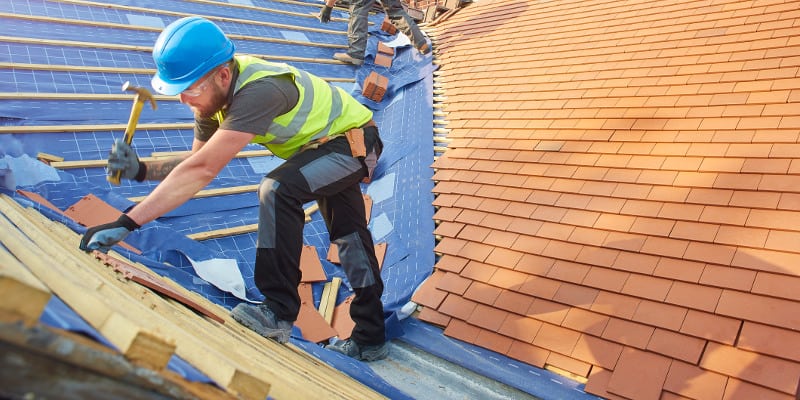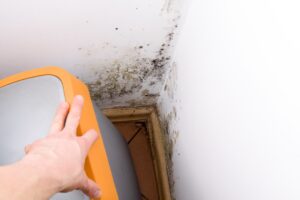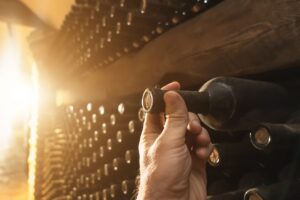Mold can be a real pain to property owners as well as new construction projects. Not only are you guaranteed not to sell your property without proper remediation, but there’s also a risk of various health issues in a moldy house. Luckily, we at Mold Solutions can help you with that.
However, we don’t just get rid of the mold. In fact, we love to provide our potential customers with useful, free advice on mold prevention. After all, the best way to fight mold is to mold-proof your home. In addition, construction project managers will greatly benefit from this handy prevention guide. It will save you time, money, and major headaches if you take the right precautions to prevent mold during the construction process.
Preventing Mold Growth During Construction
Heat, water, and organic matter create perfect conditions for mold growth. Moreover, there are lots of vulnerable materials susceptible to growing mold and other plant life. As a construction company manager, you need to undertake three simple steps.
- Dry the Building In
Water can be a nasty enemy to walls, floors, and ceilings. The best way to prevent water from causing mold to grow is to dry a building in. In other words, you’ll have to seal the building envelope so that no water can get through. There are several ways to do that:
- Installing a water-tight roof
- Using water-tight exterior siding on the house
- Installing water-tight windows
- Sealing every opening around the windows, doors, and other areas
- Dry the Materials Out
Lots of houses contain materials that get wet in the rain or snow. For example, wooden frames and subfloors tend to hold moisture after a weather event and then release it indoors while you’re drying the building in. The moisture will get into the wood and mold will grow soon after that. Always make sure to give these materials time to dry out. Once you’re sure there’s no moisture there, start the dry-in process.
- Eliminate or Tend to New Humidity Sources
Sometimes, even drying-in isn’t enough to get rid of moisture and the mold can continue to grow. That usually happens when you introduce a new source of moisture to the house. For instance, when we renovate houses and we want to remove the asbestos or the drywall, we need to use water to do it. One way of going about this new source of moisture is to wait for it to evaporate and then continue construction. But if you’re on a tight schedule, you might want to use some dehumidifiers during the renovation.
How Does Mold Grow?
No mold will grow during early construction processes since you’ll be using non-organic materials such as metal and concrete. The same goes for fresh, hard wood. It takes time for mold to deteriorate wood, so you’re safe at these early stages.
However, spores don’t need a lot to spread and grow new mold. The only conditions for healthy mold culture to grow are food, heat, and water. Ceiling tiles and drywall are perfect sources of all three. In addition, these materials are soft and susceptible to growth. In fact, mold can start to grow as early as 48 hours after your drywall gets wet.
Checking Everything Beforehand
- Before You Install the Drywall
You need to seal everything tightly in the building you’re checking. Windows, exterior siding, the roof — all of these have to be sealed in a way that they don’t allow a single drop of liquid. In addition, make sure that all wooden materials are dry. If they got wet in the meantime, give them a while to dry out fully.
- Pre- and Post-Demolition
Since you’ll be replacing old materials with new ones, you’ll likely be using water. Get a decent dehumidifier or two and make sure that all excess water is removed properly. Moreover, maintain the relative humidity anywhere below 60%.
- Before Cancelling a Project
Sometimes, bad weather conditions or a lack of funding can temporarily shut down a construction or a renovation project. When that happens, dry and seal off as much as you can. That way, no mold can appear during the time you’re off the project. If you have to, install a dehumidifier nearby.
Mold can cause a lot of problems for both old and new construction, so don’t hesitate to do whatever you can to prevent it from growing. If you do need some extra professional help, give Mold Solutions a call today.








